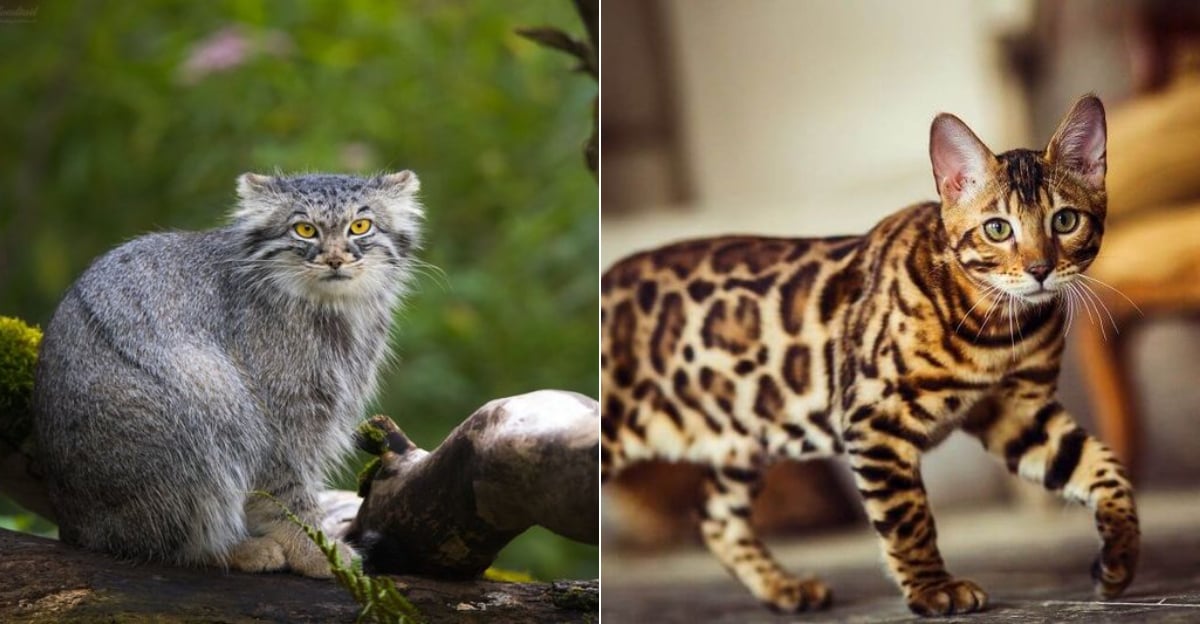California’s landscape is a wild playground for cats.
From mountain lions stalking canyon shadows to house cats soaking up the sun at your window, these animals are everywhere—and they’re full of surprises.
As a cat lover who’s spent years studying these creatures, I can tell you there’s way more to California’s cats than meets the eye.
Wild or tame, they’ve adapted in incredible ways to thrive here. And trust me, what you think you know is just the beginning.
1. California Is Home To Several Wild Cat Species
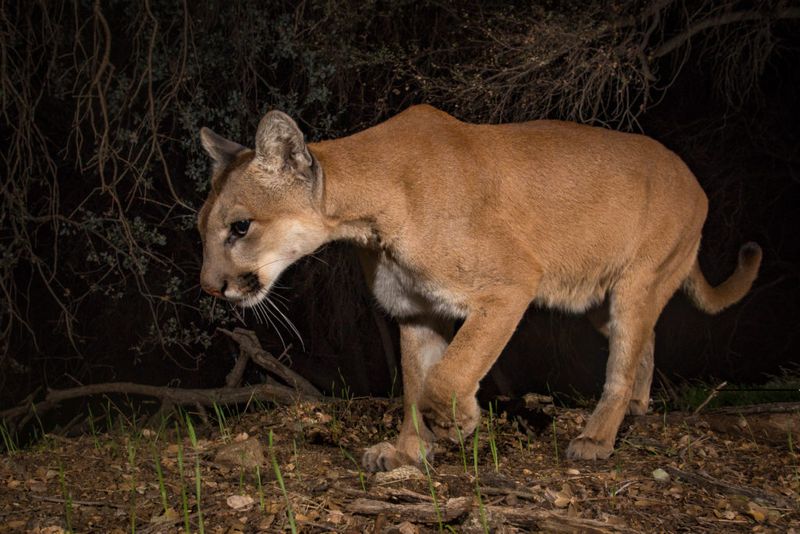
Did you know our state hosts three distinct wild cat species?
The mountain lion (also called cougar or puma), bobcat, and the jaguarundi occasionally wander in from Mexico.
I once spent three days camping in the Sierra Nevada mountains hoping to glimpse a mountain lion. On the final morning, I spotted paw prints larger than my hand near our campsite! These magnificent predators can weigh up to 180 pounds and leap 15 feet vertically.
Each species occupies a specific ecological niche, from coastal regions to mountain forests, playing crucial roles in maintaining California’s ecosystems.
2. Mountain Lions Roam Through Urban Areas
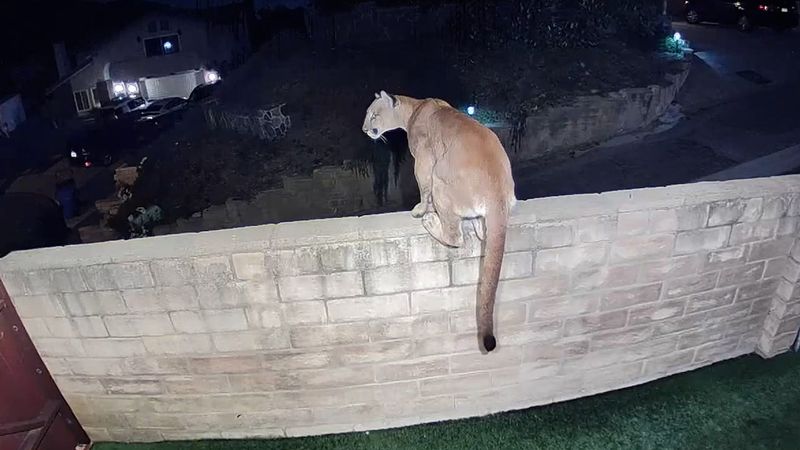
Contrary to what you might expect, mountain lions frequently navigate suburban neighborhoods throughout California.
These adaptable predators follow deer populations into developed areas, especially during drought seasons when food becomes scarce in their natural habitats.
Last year, my neighbor’s security camera caught footage of a mountain lion strolling down our street at 3 AM. The big cat casually passed several houses before disappearing into a nearby canyon!
Wildlife officials estimate hundreds of mountain lions live within striking distance of major California cities.
3. California’s Bobcats Are Smaller Than Their Eastern Cousins
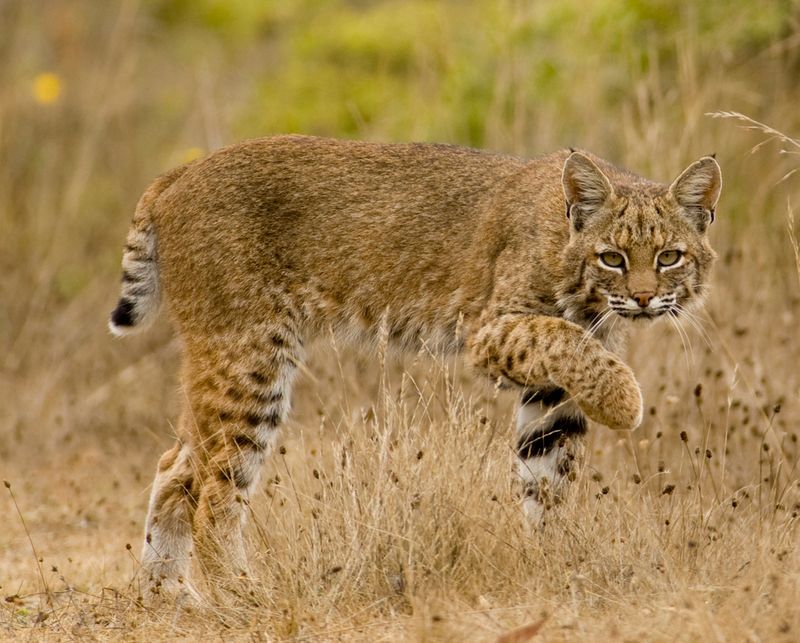
The bobcats are typically 20% smaller than those found in eastern states.
Environmental factors like prey availability and habitat differences have influenced this regional size variation.
These hunters weigh between 12-30 pounds and sport distinctive spotted coats perfect for blending into California’s chaparral and woodland environments. Their smaller size allows them to navigate dense coastal scrub and chaparral more effectively.
4. California’s Wildcats Are Still Mystery Animals
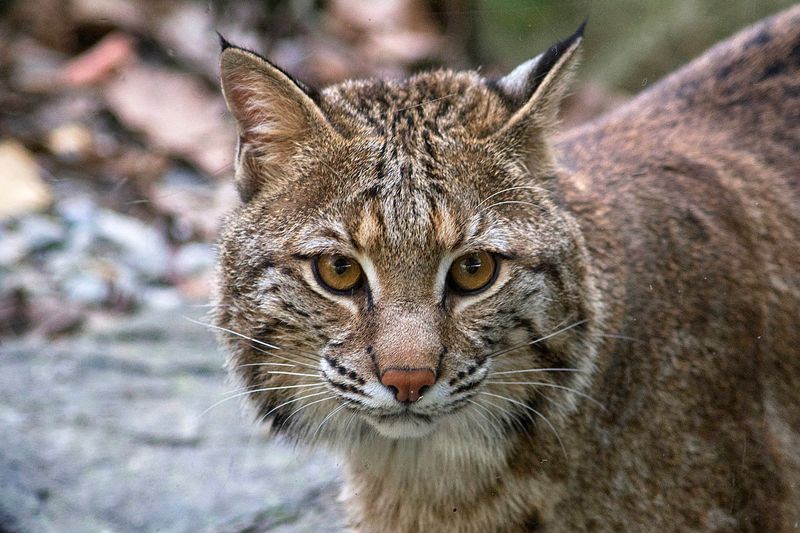
Despite advanced tracking technologies, large gaps remain in our understanding of wildcats’ breeding patterns and territorial behaviors.
The most mysterious might be the rare reports of melanistic (black) mountain lions. While I’ve interviewed three separate hikers who claim to have seen them, no confirmed photographs exist!
Researchers at UC Davis are currently collecting DNA samples from scat and hair to better understand how wildcat populations are adapting to climate change and habitat fragmentation.
5. Domestic Cats Have A Huge Impact On Wildlife

Studies suggest outdoor house cats in California eliminate approximately 100 million birds and small mammals annually. Just wow!
My own indoor-outdoor tabby once brought home three lizards in a single afternoon! This hunting instinct remains hardwired even in well-fed pets.
Conservation biologists increasingly recommend keeping cats indoors or using specialized outdoor enclosures called “catios” that allow pets to experience the outdoors safely while protecting wildlife.
Some California communities have even implemented cat curfews in sensitive habitat areas.
6. California Is Home To Feral Cat Colonies
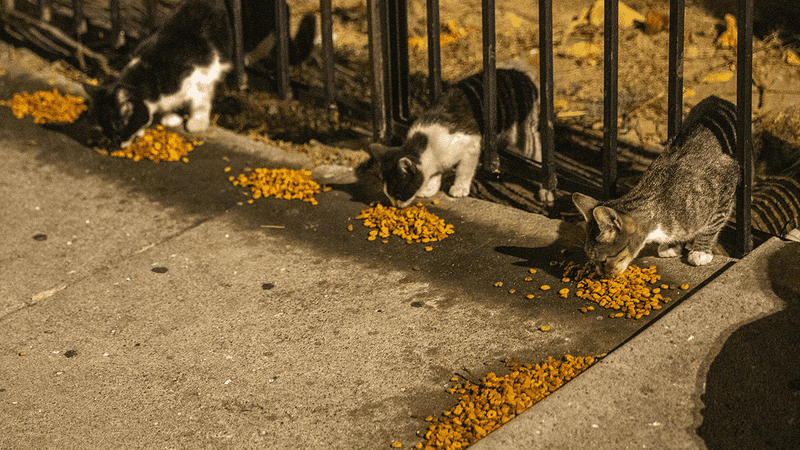
Abandoned cats have established complex social structures across California’s urban landscapes. These feral colonies can contain anywhere from 5 to 50 cats sharing territories and resources.
I volunteered with a colony management program in Oakland where we monitored a group of 23 cats living in an industrial area. The social hierarchy was fascinating – three dominant females controlled access to the best sleeping spots and feeding stations.
Unlike true wildcats, these feral populations descend from domestic cats but have reverted to wild behaviors over generations.
Some colonies have existed continuously for over 30 years in the same locations!
7. Some Domestic Cats Are Descendants Of Wild Cats
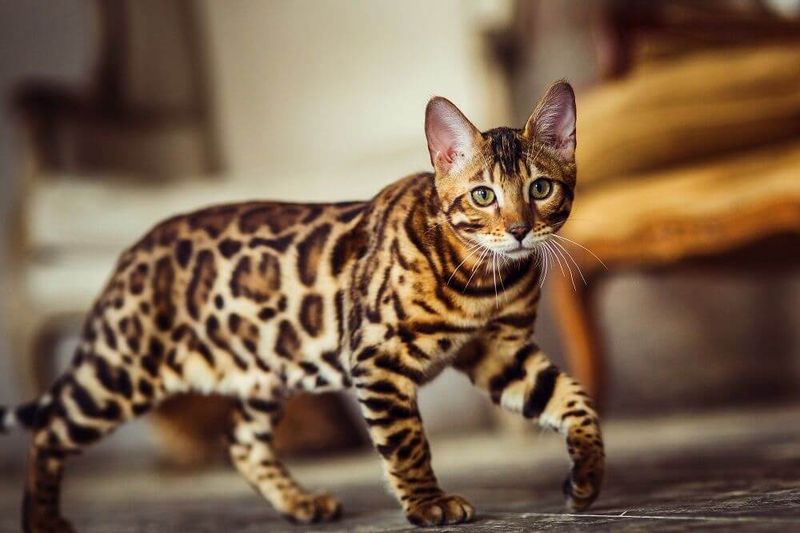
Bengal cats carry the genetic legacy of Asian leopard cats. These spotted felines represent one of several “hybrid” breeds connecting our living rooms to wild ancestry.
Domestic cats retain surprising instincts from their wildcat heritage, including a fascination with water unusual in typical house cats.
California breeders have pioneered developing breeds like the California Spangled, specifically designed to resemble wild leopards while maintaining friendly domestic temperaments. These living connections to wildcats help raise awareness about conservation efforts.
8. The Wild Cat Of California Is Rarely Seen

The jaguarundi remains the state’s most secretive wild feline!
With fewer than five confirmed sightings in the past decade, these small cats exist as near-mythical creatures to most Californians.
Their unusual appearance – somewhere between a weasel and a cat – makes them particularly difficult to identify correctly when glimpsed briefly.
Even experienced trackers rarely encounter these phantom cats!
9. TNR Programs Are Helping Control Feral Cats

Trap-Neuter-Return initiatives have revolutionized feral cat management across California cities. These community-based programs humanely trap unowned cats, provide sterilization surgery, and return them to their territories with an identifying ear-tip.
Research shows colonies managed through TNR stabilize and gradually decrease in size over time.
San Francisco reported a 40% reduction in feral cat populations over eight years using this method, demonstrating a successful balance between animal welfare and ecological concerns.
10. The Bobcat Is An Important Predator
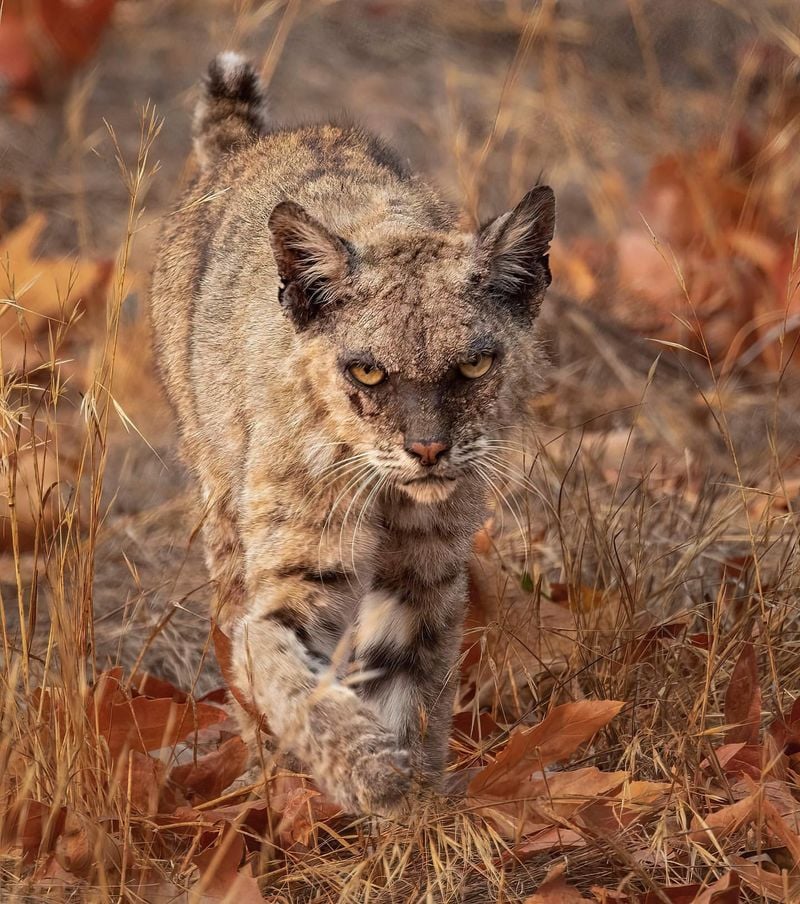
Bobcats serve as California’s ecological cleanup crew. A single bobcat can consume over 2,000 rodents annually!
These medium-sized predators hunt with remarkable efficiency. I’ve watched through binoculars as a bobcat near Monterey patiently stalked ground squirrels, remaining motionless for nearly 40 minutes before making a lightning-fast pounce.
Agricultural regions with healthy bobcat populations report significantly fewer issues with gopher and vole damage. Some forward-thinking vineyards in Sonoma and Napa counties now actively create habitat corridors specifically to attract these beneficial predators as natural pest control.
11. California Has Laws To Protect Wild Cats

Since 1990, mountain lion hunting has been completely banned.
The state recently strengthened these protections by requiring wildlife crossings in new highway projects.
Additional legislation restricts rodenticide use in areas where bobcats hunt, preventing secondary poisoning that devastated populations in the early 2000s. These progressive policies reflect California’s growing understanding of predators’ ecological importance.
